- Lab-STICC
- Calendar
- Cognitive Radio : Impact and Role of IoT, WSN and Intelligent Reflecting Surfaces
Cognitive Radio : Impact and Role of IoT, WSN and Intelligent Reflecting Surfaces
-
Cognitive Radio: Impact and Role of IoT, WSN and Intelligent Reflecting Surfaces
Dr Abbass NASSER, American University of Culture and Education (AUCE), Lebanon
With the ever growing of wireless traffic, it is expected to have more than 130 billion connected devices by 2030. Consequently, new solutions have been proposed to help supporting this huge demand. To this end, several techniques have been proposed to enhance the spectrum efficiency of traditional bands (sub-6GHz) such as Massive MIMO, network densification, and Cognitive Radio (CR) for dynamic spectrum sharing.
The CR aims at enhancing the spectrum efficiency by exploiting the underutilized frequencies in the spectrum. CR enables a Secondary User (SU) to access the licensed spectrum allocated to a Primary User (PU), under the condition of not causing a harmful interference. Here, Spectrum Sensing (SS) becomes an essential task for the CR systems to monitor the PU activity.
The Internet of Things (IoT) and the Wireless Sensor Networks (WSNs) are two of the potential domains where the CR can be applied. Both of IoT and WSN may use CR to respond to the high demand on the frequency resources required by the large deployment of these networks. On the other side, due to the large deployment that leads to the spatial diversity, WSN/IoT networks may provide the CR systems with reliable SS results. Adapting the CR mechanism to the WSN/IoT networks is challenging due to several issues such as providing the nodes with the available frequency bands, deploying the SS capability, selecting the nodes responsible of SS, and adapting the IoT/WSN protocols to the CR requirements.
Recently, Intelligent Reflecting Surface (IRS) has been recently proposed as a low-cost tool to enhance the spectral efficiency of wireless. IRS can alter the wireless channel and adjust the received signal power by passively changing the phase shifts of the reflected signal. Motivated by these features, IRS may make a constructive contribution in enhancing the primary SNR at SU, and subsequently ameliorating the SS performance. Moreover, IRS is proposed to ensure a parallel transmission of the PU and SU, since the latter can minimize the interference to the PU thanks to the IRS role in minimizing the interference.
Several challenges can be faced when applying the IRS in CR, especially the limitation of the IRS configuration in the context when no cooperation is available between PU and SU, and how the IRS may impact the SS performance.
In this talk, the recent advances the CR applications in IoT and WSN and the related challenges. Using the IRS in the CR networks will be also discussed by focusing on the impact on the SS performance and the need to SU-PU cooperation.
Biography
Dr. Abbass NASSER received the B.Sc. and the M.Sc. in Electronics from the Lebanese University in 2010 and 2012, respectively. From 2012 to 2016, he was instructor at the Department of Computer Science, American University of Culture and Education (AUCE), Lebanon. From April 2013 to December 2016, he was a PhD student at the Université de Bretagne Occidendale (UBO), France.
From June 2017 to May 2019, he was post-doc researcher at Ensta-Bretagne, France. Since June 2019, he has been research fellow at Ensta-Bretagne.
In October 2020, he was a visiting professor at Polytech-Nantes, France, and He is presently (September 2021) a visiting researcher at Lab-STICC - UBO.
Currently, Dr. Nasser is the dean of Arts & Science Faculty of AUCE, Lebanon.
Dr. Nasser is the supervisor and/or the co-director of 7 PhD projects in collaboration between AUCE and French Universities. He has more than 40 research papers published in International Journals and Conferences. He serves as guest editor for Sensors journal and Topic Editor for Electronics Journal. He serves as reviewer for several IEEE, MDPI and Elsevier Journals. His current research interests include Cognitive Radio, Intelligent Reflecting Surfaces, Internet of Things and Wireless Sensor Networks.
